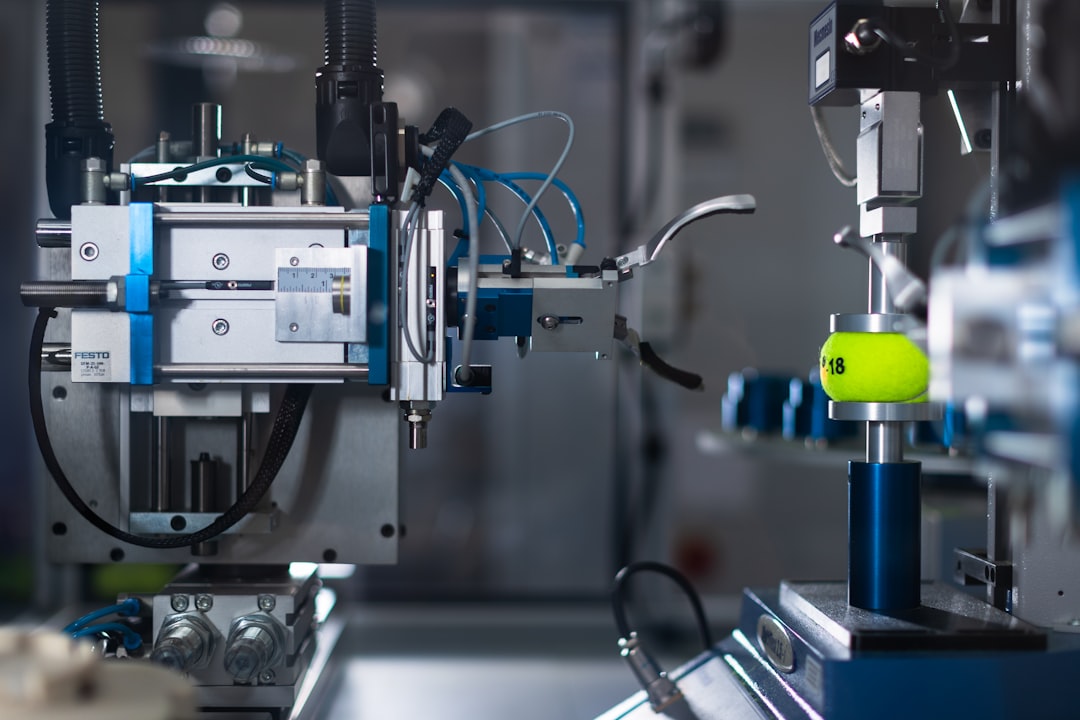Biomedical engineering is a rapidly evolving field that has the potential to revolutionize healthcare by developing innovative solutions to various medical challenges. Over the years, advancements in biomedical engineering have led to the development of new medical devices, diagnostic tools, and therapies that have improved patient care and outcomes. In this blog post, we will explore some of the latest innovations in biomedical engineering and how they are contributing to advancements in healthcare.
One of the most exciting innovations in biomedical engineering is the development of wearable health monitoring devices. These devices, such as smartwatches and fitness trackers, are equipped with sensors that can track vital signs, monitor activity levels, and even detect early signs of health problems. By continuously monitoring a patient’s health metrics, healthcare providers can identify trends and patterns that may indicate the onset of a medical condition or help to manage chronic diseases more effectively.
Another area of innovation in biomedical engineering is the use of artificial intelligence (AI) and machine learning algorithms to analyze large amounts of medical data and identify trends and patterns that are not apparent to human observers. AI algorithms can help healthcare providers make more accurate diagnoses, predict patient outcomes, and personalize treatment plans based on individual patient data. In addition, AI-powered medical imaging technologies, such as computer-aided diagnosis systems, can help radiologists and other healthcare providers interpret medical images more quickly and accurately, leading to earlier detection of diseases and improved patient outcomes.
Biomedical engineers are also working on developing new medical devices and therapies that can improve the quality of life for patients with chronic conditions or disabilities. For example, researchers are exploring the use of implantable devices that can deliver targeted drug therapies directly to specific areas of the body, reducing side effects and improving treatment outcomes. Similarly, advances in prosthetics technology are enabling individuals with limb loss to regain mobility and independence through the use of advanced robotic limbs and exoskeletons.
In the field of regenerative medicine, biomedical engineers are developing innovative strategies to repair or replace damaged or diseased tissues and organs. One promising approach is the use of 3D bioprinting technology to create custom-made tissue scaffolds and organ models that can be used for drug testing, disease modeling, and eventually, transplant procedures. By harnessing the power of stem cells and tissue engineering techniques, researchers are working towards developing functional replacement tissues and organs that could revolutionize the field of organ transplantation.
Advancements in genomics and personalized medicine are also driving innovations in biomedical engineering. The ability to sequence an individual’s genome and analyze their genetic makeup has opened new avenues for diagnosing and treating diseases based on a patient’s unique genetic profile. Biomedical engineers are developing new tools and techniques to interpret genetic data, identify disease-causing mutations, and develop personalized treatment plans tailored to each patient’s specific genetic makeup. This personalized approach to medicine holds great promise for improving patient outcomes and reducing healthcare costs by targeting treatments more effectively.
In the area of medical robotics, biomedical engineers are developing cutting-edge technologies that can assist healthcare providers in performing surgical procedures with greater precision and accuracy. Robotic surgical systems, such as the da Vinci Surgical System, enable surgeons to perform minimally invasive procedures with enhanced visualization and dexterity, leading to faster recovery times and reduced post-operative complications. In addition, researchers are exploring the use of soft robotics and micro-robots for targeted drug delivery, minimally invasive surgery, and other medical interventions that require precise control and manipulation at the microscale.
Ultimately, the goal of biomedical engineering is to translate innovative ideas and technologies into practical solutions that can improve patient outcomes and enhance the delivery of healthcare services. By collaborating with healthcare providers, researchers, and industry partners, biomedical engineers are driving advancements in medical technology that have the potential to transform the way we diagnose, treat, and prevent diseases. From wearable health monitoring devices to personalized medicine and regenerative therapies, the future of healthcare is being shaped by the pioneering work of biomedical engineers around the world.
As we look towards the future, it is clear that the field of biomedical engineering will continue to play a critical role in driving healthcare advancements and improving patient care. By embracing new technologies, fostering interdisciplinary collaborations, and embracing a culture of innovation and continuous learning, biomedical engineers can help to shape a healthier and more sustainable future for all. The possibilities are endless, and the potential for positive impact is immense. With continued investment in research and development, we can look forward to a future where healthcare is more personalized, precise, and effective thanks to the groundbreaking innovations in biomedical engineering.


